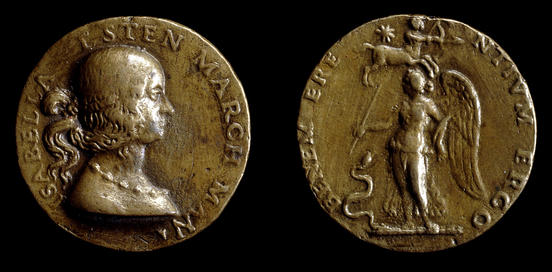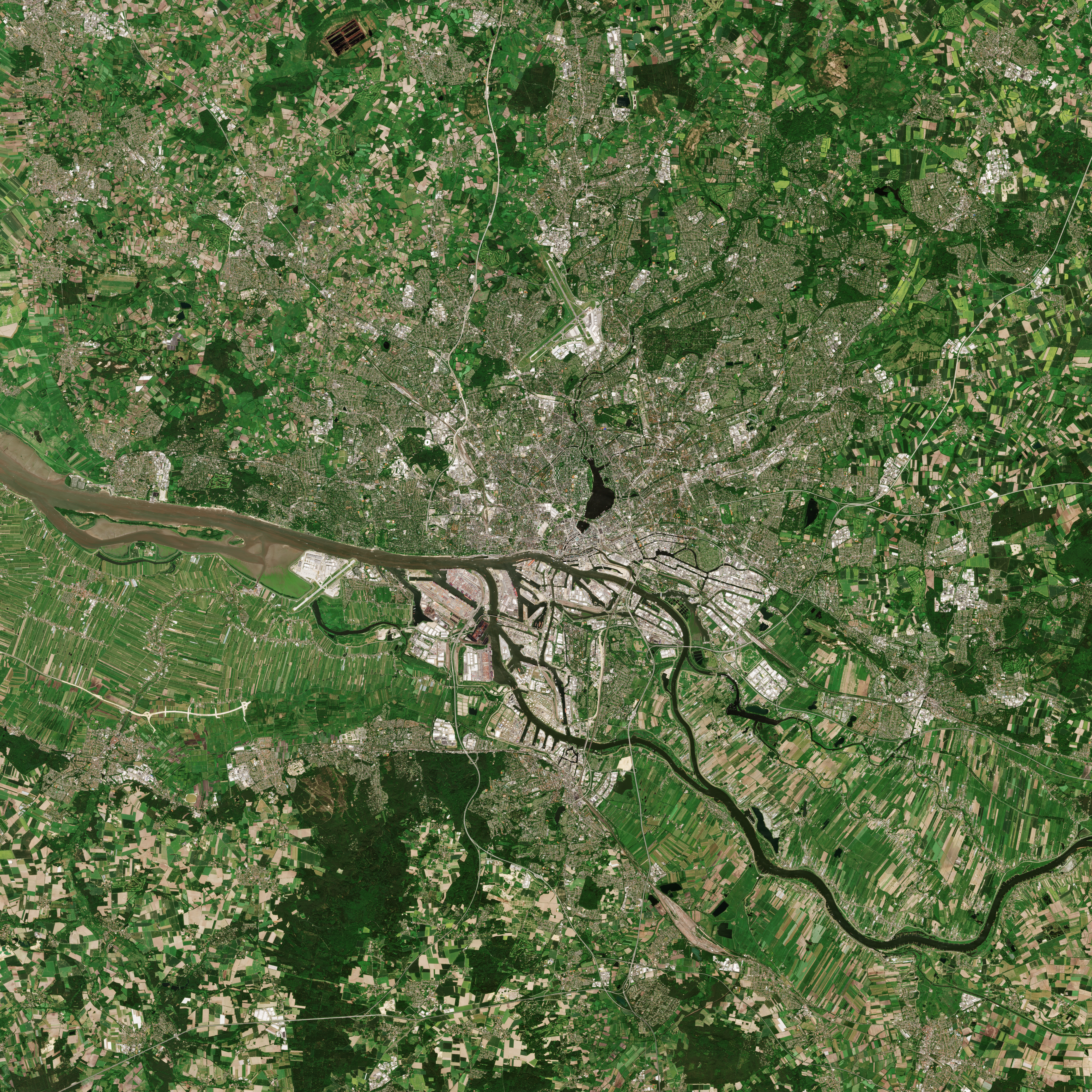|
Wendenthaler
The ''Wendenthaler'' or ''Wendentaler'' was a currency coin minted in Lüneburg from 1541, which depicted the six coats of arms of the Wendish towns. These included the coats of arms of Rostock and Stralsund. The coin bore the inscription ''"Statutus duarum Marcarum Lubicensis"'', i.e. ''"Fixed at two Lübeck Marks"''. Its value was 2 ''Marks'' = 28.70 g. This inscription of its value in ''Marks'' by the Hanseatic League as part of the Wendish Coinage Union remained until 1550. It was then replaced by the ''Thaler''. Nevertheless, the ''Mark'' remained in the North Sea area as a unit of account worth 16 ''Schillings'' until the 17th century.Arthur Suhle: ''Kultur-Geschichte der Münzen'', Battenberg : Munich, 1969, p. 146. In 1975 there was a special minting of a silver medal, which had the coats of arms of Lübeck, Hamburg and Lüneburg on the obverse, and a circular inscription within a double notched circle. On the reverse were the coats of arms of Wismar, Rostock and St ... [...More Info...] [...Related Items...] OR: [Wikipedia] [Google] [Baidu] |
Wendish Coinage Union
The Wendish Coinage Union (''Wendischer Münzverein'') was an organisation bound by treaty formed by the North German Hanseatic towns from 1379 to the 16th century whose aim was to have standardised coinage regulations. The core cities involved were Lübeck, Hamburg, Wismar, Lüneburg, but they were joined for a time by Rostock, Stralsund and Hanover. The basis was the Lübeck Mark (''Lübische Mark''), from which coins known as State Marks ('' Staatsmark'') were struck from 1506 to 1530. Furthermore, a number of coin denominations were minted with fractional values of the Lübeck Mark. These were: * The Witten valued at 4 ''Pfennigs'', the ##Viertelwitten'' ( Witte, ''Hohlpfennigs'' ("hollow ''pfennigs''), * '' Dreilings, Sechslings, Blafferts'' * Various '' Schilling'' coins. Lüneburg also minted the so-called '' Wendenthaler'', which was also valid in the Coinage Union. The common symbol on the coins was a six-pointed star in the middle of a cross. This symbol was ... [...More Info...] [...Related Items...] OR: [Wikipedia] [Google] [Baidu] |
Medal
A medal or medallion is a small portable artistic object, a thin disc, normally of metal, carrying a design, usually on both sides. They typically have a commemorative purpose of some kind, and many are presented as awards. They may be intended to be worn, suspended from clothing or jewellery in some way, although this has not always been the case. They may be struck like a coin by dies or die-cast in a mould. A medal may be awarded to a person or organisation as a form of recognition for sporting, military, scientific, cultural, academic, or various other achievements. Military awards and decorations are more precise terms for certain types of state decoration. Medals may also be created for sale to commemorate particular individuals or events, or as works of artistic expression in their own right. In the past, medals commissioned for an individual, typically with their portrait, were often used as a form of diplomatic or personal gift, with no sense of being an award fo ... [...More Info...] [...Related Items...] OR: [Wikipedia] [Google] [Baidu] |
History Of Hamburg
Hamburg was founded in the 9th century as a mission settlement to convert the Saxons. Since the Middle Ages, it has been an important trading center in Europe. The convenient location of the port and its independence as a city and state for centuries strengthened this position. The city was a member of the medieval Hanseatic trading league and a free imperial city of the Holy Roman Empire. From 1815 until 1866 Hamburg was an independent and sovereign state of the German Confederation, then the North German Confederation (1866–71), the German Empire (1871–1918) and during the period of the Weimar Republic (1918–33). In Nazi Germany Hamburg was a city-state and a ''Gau'' from 1934 until 1945. After the Second World War Hamburg was in the British Zone of Occupation and became a state in the western part of Germany in the Federal Republic of Germany (Since 1949). Etymology According to Ptolemy, the settlement's first name was Treva. A fortress the ... [...More Info...] [...Related Items...] OR: [Wikipedia] [Google] [Baidu] |
History Of Lüneburg
History (derived ) is the systematic study and the documentation of the human activity. The time period of event before the invention of writing systems is considered prehistory. "History" is an umbrella term comprising past events as well as the memory, discovery, collection, organization, presentation, and interpretation of these events. Historians seek knowledge of the past using historical sources such as written documents, oral accounts, art and material artifacts, and ecological markers. History is not complete and still has debatable mysteries. History is also an academic discipline which uses narrative to describe, examine, question, and analyze past events, and investigate their patterns of cause and effect. Historians often debate which narrative best explains an event, as well as the significance of different causes and effects. Historians also debate the nature of history as an end in itself, as well as its usefulness to give perspective on the problems of the p ... [...More Info...] [...Related Items...] OR: [Wikipedia] [Google] [Baidu] |
Coins Of The Holy Roman Empire
A coin is a small, flat (usually depending on the country or value), round piece of metal or plastic used primarily as a medium of exchange or legal tender. They are standardized in weight, and produced in large quantities at a mint in order to facilitate trade. They are most often issued by a government. Coins often have images, numerals, or text on them. ''Obverse'' and its opposite, ''reverse'', refer to the two flat faces of coins and medals. In this usage, ''obverse'' means the front face of the object and ''reverse'' means the back face. The obverse of a coin is commonly called ''heads'', because it often depicts the head of a prominent person, and the reverse ''tails''. Coins are usually made of metal or an alloy, or sometimes of man-made materials. They are usually disc shaped. Coins, made of valuable metal, are stored in large quantities as bullion coins. Other coins are used as money in everyday transactions, circulating alongside banknotes. Usually the highest valu ... [...More Info...] [...Related Items...] OR: [Wikipedia] [Google] [Baidu] |
Wismar
Wismar (; ), officially the Hanseatic City of Wismar () is, with around 43,000 inhabitants, the sixth-largest city of the northeastern German state of Mecklenburg-Vorpommern, and the fourth-largest city of Mecklenburg after Rostock, Schwerin and Neubrandenburg. The city was the third-largest port city in former East Germany after Rostock and Stralsund. Wismar is located on the Bay of Wismar of the Baltic Sea, directly opposite the island of Poel, that separates the Bay of Wismar from the larger Bay of Mecklenburg. The city lies in the middle between the two larger port cities of Lübeck in the west, and Rostock in the east, and the state capital of Schwerin is located south of the city on Lake Schwerin. Wismar lies in the northeastern corner of the Hamburg Metropolitan Region, and is the capital of the district of Northwestern Mecklenburg. The city's natural harbour is protected by a promontory. The uninhabited island of Walfisch, lying between Wismar and the island of Poel, admi ... [...More Info...] [...Related Items...] OR: [Wikipedia] [Google] [Baidu] |
Obverse
Obverse and its opposite, reverse, refer to the two flat faces of coins and some other two-sided objects, including paper money, flags, seals, medals, drawings, old master prints and other works of art, and printed fabrics. In this usage, ''obverse'' means the front face of the object and ''reverse'' means the back face. The obverse of a coin is commonly called ''heads'', because it often depicts the head of a prominent person, and the reverse ''tails''. In numismatics, the abbreviation ''obv.'' is used for ''obverse'',David Sear. ''Greek Imperial Coins and Their Values.'' Spink Books, 1982. p. xxxv. while ℞, )(Jonathan Edwards. ''Catalogue of the Greek and Roman Coins in the Numismatic Collection of Yale College, Volume 2.'' Tuttle, Morehouse & Taylor, 1880. p. 228. and rev.Allen G. Berman. ''Warman's Coins And Paper Money: Identification and Price Guide.'' Penguin, 2008. are used for reverse. In fields of scholarship outside numismatics, the term ''front'' is more ... [...More Info...] [...Related Items...] OR: [Wikipedia] [Google] [Baidu] |
Hamburg
Hamburg (, ; nds, label=Hamburg German, Low Saxon, Hamborg ), officially the Free and Hanseatic City of Hamburg (german: Freie und Hansestadt Hamburg; nds, label=Low Saxon, Friee un Hansestadt Hamborg),. is the List of cities in Germany by population, second-largest city in Germany after Berlin, as well as the overall List of cities in the European Union by population within city limits, 7th largest city and largest non-capital city in the European Union with a population of over 1.85 million. Hamburg's urban area has a population of around 2.5 million and is part of the Hamburg Metropolitan Region, which has a population of over 5.1 million people in total. The city lies on the River Elbe and two of its tributaries, the River Alster and the Bille (Elbe), River Bille. One of Germany's 16 States of Germany, federated states, Hamburg is surrounded by Schleswig-Holstein to the north and Lower Saxony to the south. The official name reflects History of Hamburg, Hamburg's history ... [...More Info...] [...Related Items...] OR: [Wikipedia] [Google] [Baidu] |
Lübeck
Lübeck (; Low German also ), officially the Hanseatic City of Lübeck (german: Hansestadt Lübeck), is a city in Northern Germany. With around 217,000 inhabitants, Lübeck is the second-largest city on the German Baltic coast and in the state of Schleswig-Holstein, after its capital of Kiel, and is the 35th-largest city in Germany. The city lies in Holstein, northeast of Hamburg, on the mouth of the River Trave, which flows into the Bay of Lübeck in the borough of Travemünde, and on the Trave's tributary Wakenitz. The city is part of the Hamburg Metropolitan Region, and is the southwesternmost city on the Baltic, as well as the closest point of access to the Baltic from Hamburg. The port of Lübeck is the second-largest German Baltic port after the port of Rostock. The city lies in the Northern Low Saxon dialect area of Low German. Lübeck is famous for having been the cradle and the ''de facto'' capital of the Hanseatic League. Its city centre is Germany's most e ... [...More Info...] [...Related Items...] OR: [Wikipedia] [Google] [Baidu] |
Schilling (coin)
The schilling was the name of a coin in various historical European states and which gave its name to the English shilling. The schilling was a former currency in many of the German-speaking states of the Holy Roman Empire, including the Hanseatic city states of Hamburg and Lübeck, the March of Brandenburg, and the Duchies of Bavaria, Mecklenburg, and Württemberg. It was also used in Switzerland and in Austria, where silver schillings were introduced as recently as 1923. History The name schilling was originally given to the minted gold ''solidus'', the late antique successor of the '' aureus''. The coin reform under Charlemagne in 794 established a new silver currency which specified that: : 1 silver Carolingian pound (equal to about 406½ grammes) = 20 schillings (''solidi'') = 240 ''pfennigs'' (''denarii''). However, the silver ''solidus'' or schilling was not minted in Carolingian times. Only single silver pennies were struck. In the Empire of Franci ... [...More Info...] [...Related Items...] OR: [Wikipedia] [Google] [Baidu] |




.jpg)

.jpg)


